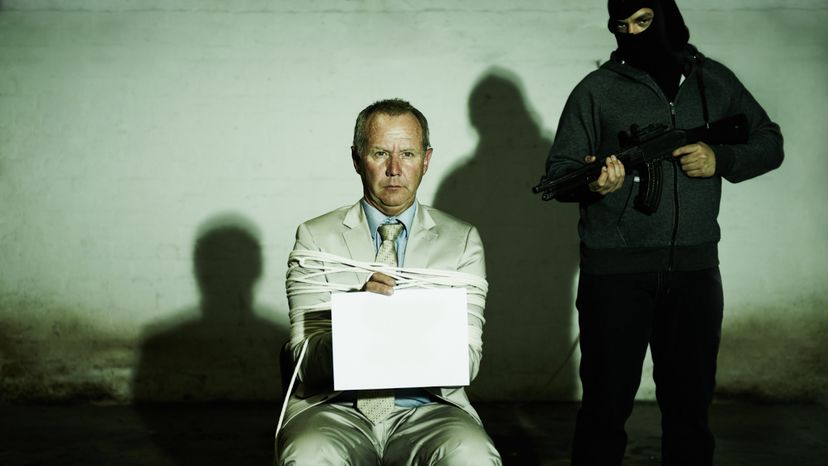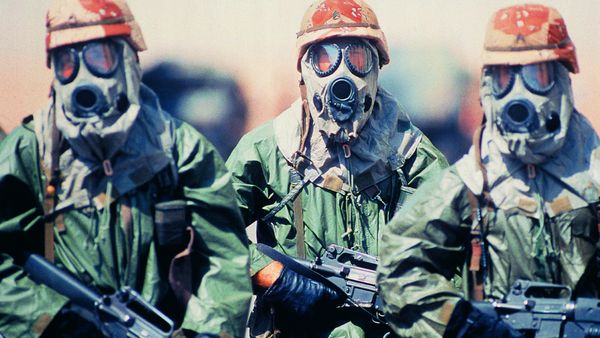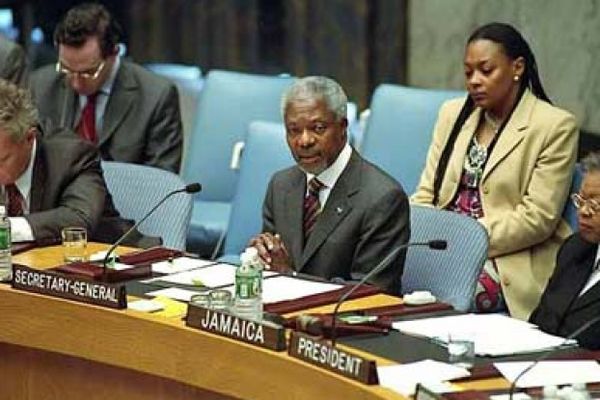The primary objectives of a negotiator are:
Prolong the situation.
The longer a hostage situation lasts, the more likely that it will end peacefully. Tactics include stalling while an official with more authority is consulted, getting deadlines pushed back, focusing the hostage-takers' attention on details such as what type of airplane they want and asking them open-ended questions rather than yes/no questions.
Ensure the safety of the hostages.
This means convincing the hostage-taker to allow medical treatment or release for sick or injured hostages, negotiating the delivery of food and water and negotiating the release of as many hostages as possible. Getting some of the hostages out of the situation not only ensures their safety, but it also simplifies the situation in the event that an armed assault becomes necessary. In addition, released hostages can provide invaluable information about the locations and habits of the captors and the other hostages.
Keep things calm.
From the initial assault through the first hours of negotiations, hostage-takers can be extremely volatile. They're usually angry about whatever perceived injustice has led them to take hostages, and they are filled with adrenaline following the excitement of their attack. Angry, excited people with machine guns are not good for hostages. The negotiator should never argue with a hostage-taker and never say no to a demand. Instead, the negotiator should use delaying tactics or make a counter-offer. Above all, the negotiator should keep a positive, upbeat attitude, reassuring the hostage-taker that everything will eventually work out peacefully.
Foster the growth of relationships between negotiator and hostage-taker and between hostage-taker and hostages.
The negotiator must seem credible to the captor. That is, the negotiator must act like he or she understands the reasons for the hostage-taker's actions but still come across as strong -- not just eager to please. The negotiator can also encourage activities that require cooperation and interaction between the captors and the hostages, such as sending food and medical supplies in bulk packages that have to be prepared. When the hostage-taker gets to know the hostages and sees them as human beings, it becomes more difficult to execute them. In a 1975 hostage standoff on a train in Holland, a hostage, Robert de Groot, who had been chosen for death, was spared after the terrorists heard him pray for his wife and children. Some of the hostage-takers wept, and two of them agreed to avoid a lethal shot when they pushed him out of the train. He rolled down an embankment unscathed, played dead and escaped a short while later (Barker, pg. 33). When the terrorists selected other hostages for execution, they didn't allow prayer and killed them quickly to avoid the emotional strain.
Next, we'll find out how negotiators balance hostage safety with political reality.







